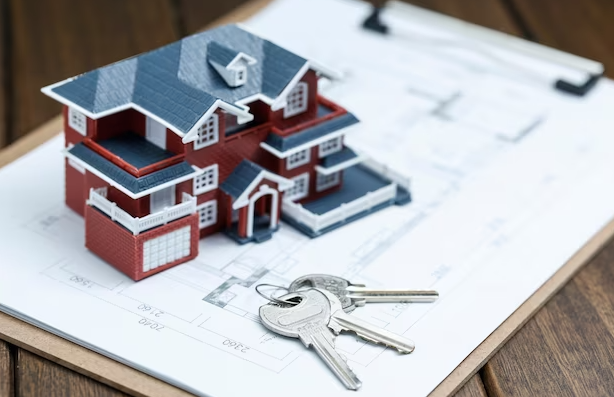
Loans have become indispensable for financing significant purchases, whether for a home, a car, or education. They offer you an opportunity to alleviate your financial constraints and help you realize your aspirations.
To those who are new to the world of real estate, navigating through complex financial terminologies can be daunting. However, the right guidance helps you finance your dream home better and turn it into a reality.
Loans and their repayment is usually undertaken in Equated Monthly Installments (EMIs). These EMIs can be disbursed in the form of pre-EMI or full EMI.
Therefore, understanding the difference between pre-EMI and full EMI is essential.
What is Pre-EMI?
Pre-EMI, short for Pre-Equated Monthly Installment, is a repayment option provided by some lenders during the construction phase of a property. Under pre-EMI, one pays only the interest component on the disbursed loan amount until the property’s construction is complete. As the construction progresses, the interest is calculated on the disbursed amount and the pre-EMI amount remains lower than the full EMI.
What is Full EMI?
On the other hand, full EMI is the regular Equated Monthly Installment comprising the principal amount and the interest on the loan. Unlike pre-EMI, full EMI begins after the entire loan amount is disbursed to you. It includes repayment of the principal amount and interest and the EMI amount is generally higher than the pre-EMI.
Differences between pre-EMI and full EMI
Loan Disbursement
Pre-EMI: The loan disbursement occurs in parts, staggered as per the construction progress of the property. Hence, one only pays interest on the amount disbursed.
Full EMI: The entire loan amount is immediately disbursed, and your EMI starts with the first repayment.
Initial Repayment Amount
Pre-EMI: During the initial period, one only pays the interest on the disbursed loan amount, resulting in lower monthly payments than full EMI.
Full EMI: Here, one pays both the principal amount and the interest, leading to higher monthly payments than pre-EMI.
Total Interest Paid
Pre-EMI: As the interest amount is not paid off initially, this repayment method results in payment of a slightly higher interest amount.
Full EMI: As the principal and interest are paid from the start, the overall interest paid could be lower than pre-EMI.
Key points one must consider before opting for pre-EMI or full EMI:
Construction Status of Property
If you are buying a property that is still under construction, pre-EMI may be a viable option to ease your financial burden until the possession is granted.
Buying Motive
If you intend to purchase the property for resale or rent after possession, then full EMI loan repayment is beneficial as it reduces the overall interest paid.
Short-term vs. Long-term Perspective
Analyze your long-term financial goals and commitments. If you have other major expenses planned shortly, pre-EMI might provide temporary relief until you are financially prepared for higher EMI payments.
All in all, determining your EMI repayment option is essential for the efficient and timely disbursal of payments. Hence, one should choose a payment format that is most suitable and convenient after carefully assessing all the parameters.
For further details on EMI options for your dream home, visit https://shapoorjirealestate.com/ today.



